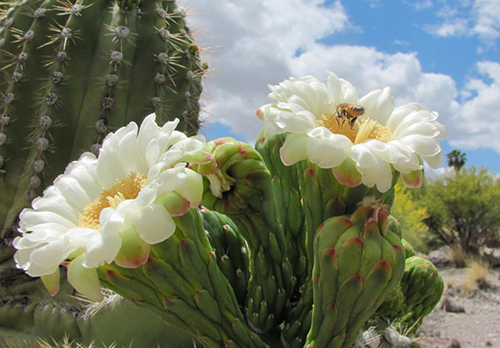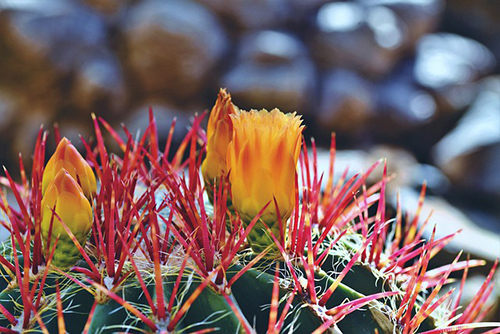Contents
The beautiful flowers of the Central American cactus plant have short lives. They grow, produce their aroma, and die on the same night. However, their medicinal properties remain interesting, making the plant highly appreciated.

Healing Properties and Indications
The flowers contain heart glycosides, flavonoids, and captine, an alkaloid that is very active in the heart. They have cardiotonic, anti-arrhythmia (regulating heartbeat), and vasodilating properties on the coronary arteries. They may complement and even substitute foxglove. Their uses are coronary insufficiency, valve dysfunctions (alterations of the heart valves), heartbeat disorders (palpitations), and angina pectoris (making the sensation of oppression on the chest disappear). The flesh of the fruits contains mucilage with a mild laxative action, and the seeds, a purgative oil.
Cactus Plant Scientific Facts

- French: Cactine.
- Spanish: Cacto.
- Environment: Native to the West Indies and spread all over Central America. It does not grow in Europe.
- Description: A climbing plant of the Cactaceae family, it has fleshy, spiky stems from which aerial roots grow and secure the plant onto rocks and trees. It has big (up to 30 cm), whitish, aromatic flowers and ovoid berries, some 8 cm large.
- Parts of the plant used medicinally: Flowers and fruits (berries).
How to use Cactus
- Flowers: The safest method is to take them as pharmaceutical preparations.
- Flesh of the fruits: From two to ten fruits daily may be eaten.
- Oil of the seeds: From half to one spoonful is enough to obtain its purgative effect.

Queen of The Night
The Selenicerus grandiflorus Britt. Rose, called in some countries giant cactus and mostly “Queen of the Night,” is one of several species of the botanical family of Cactaceae. It is very similar to the Cereus grandiflorus Miller. Their properties are also quite similar. Moreover, the Queen of the Night is a farmed plant since its fruits are valuable in many places, especially in Mexico and the West Indies.
The upright, cylindrical stems of the Cactus genera Cereus and Selenicerus are standard features. Because the different species are not easily distinguishable, they are often given the same familiar names.
DISCLAIMER: All content on this website is presented solely for educational and informational objectives. Do not rely on the information provided as a replacement for advice, diagnosis, or treatment from a qualified medical expert. If you are pregnant, nursing, or have any preexisting medical concerns, talk to your doctor before using any herbal or natural medicines.
REFERENCES
- George D. Pamplona-Roger, M.D. “Encyclopedia of Medicinal Plants.” George D. Pamplona-Roger, M.D. Encyclopedia of Medicinal Plants. Ed. Francesc X. Gelabert. Vols. 1 San Fernando de Henares: Editorial Safeliz, 2000. 216. Print. [cactus plant]
- https://www.webmd.com/diet/health-benefits-cactus
- https://www.medicalnewstoday.com/articles/320293
- https://www.healthline.com/health/nopal
